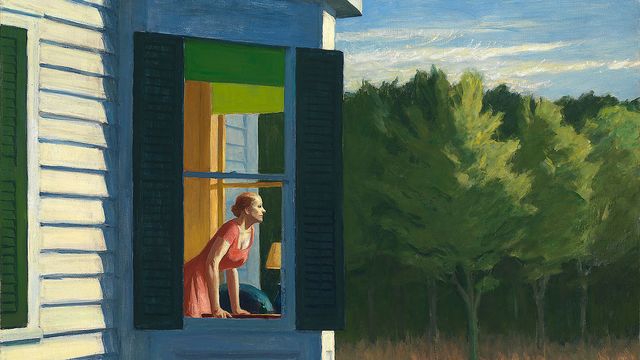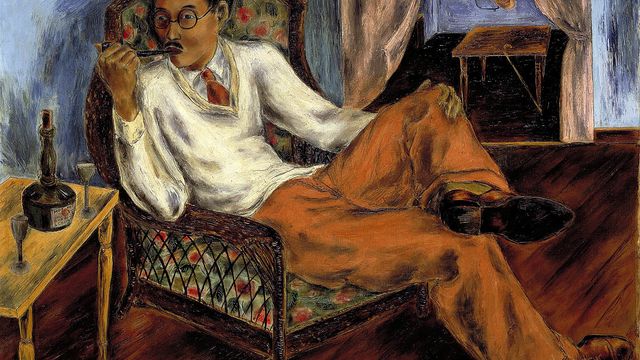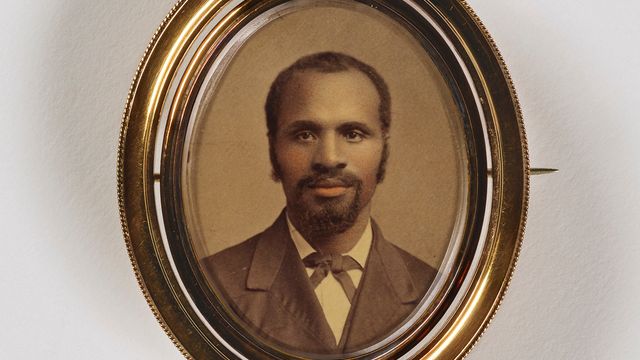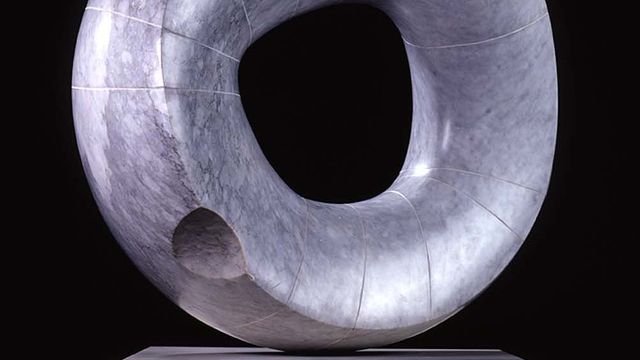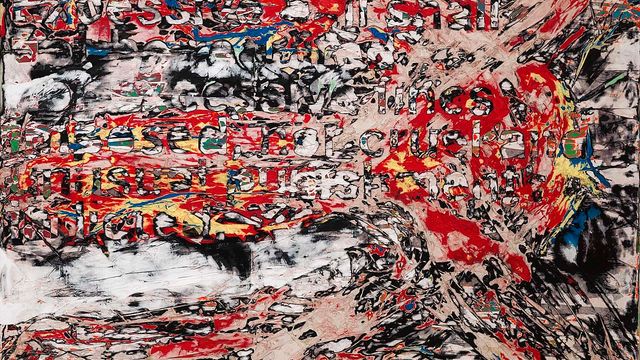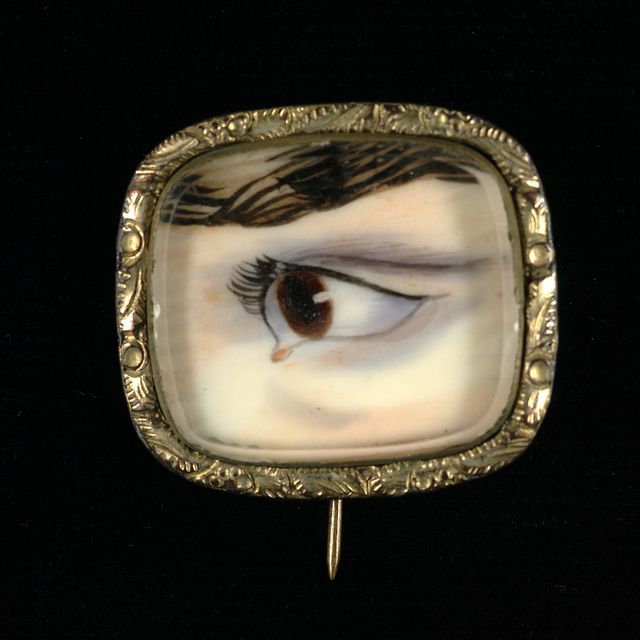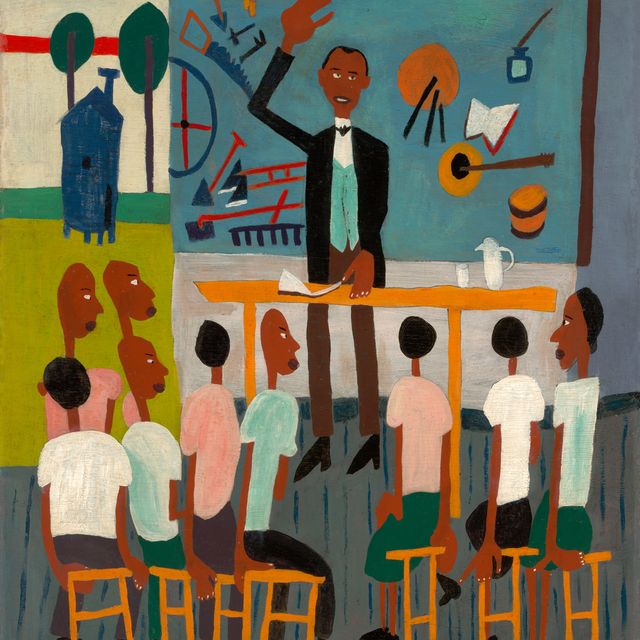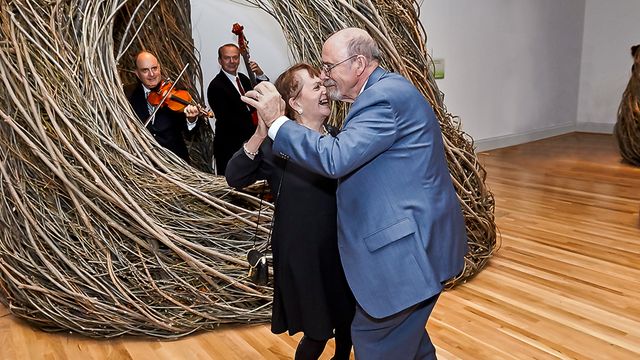Artwork Details
- Title
- The Soprano at the Mourning Easter Wake of 1968
- Artist
- Date
- 1968
- Location
- Dimensions
- 35 1⁄4 x 18 x 1 in. (89.5 x 45.7 x 2.5 cm.)
- Credit Line
- Gift of Chuck and Jan Rosenak and museum purchase through the Luisita L. and Franz H. Denghausen Endowment
- Mediums Description
- varnished walnut relief
- Subjects
- African American
- Performing arts — music — voice
- Ceremony — holiday — Easter
- Figure female — waist length
- Ceremony — funeral
- History — United States — Civil Rights Movement
- Object Number
- 1997.124.78
Artwork Description
Daniel Pressley believed fervently in the civil rights movement, which he experienced in New York in the 1950s and 60s. This carving shows a singer at the wake for Martin Luther King Jr. after his assassination in 1968. The figure’s clasped hands and anguished expression evoke the passion and grief that many people felt over the tragic death of a hero to black Americans.



